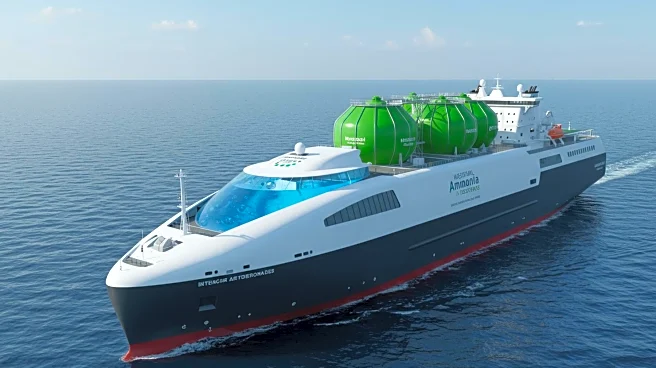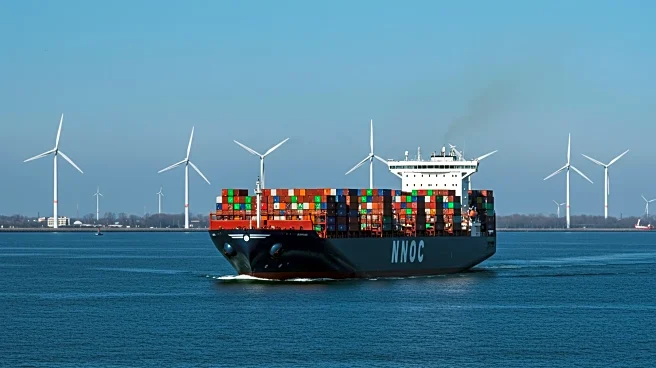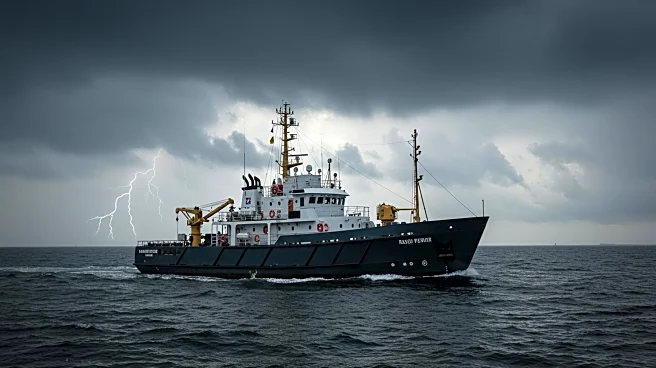What's Happening?
The maritime industry is being called to reassess its reliance on Specific Fuel Oil Consumption (SFOC) and manufacturer power curves as measures of fuel efficiency. Rob Mortimer, CEO of Fuelre4m, argues that these traditional metrics, based on idealized factory conditions, fail to accurately reflect real-world vessel operations. This discrepancy leads to misguided investment and compliance decisions, as the industry focuses on appearances rather than actual fuel-to-thrust efficiency. SFOC figures are derived from engine output assumptions rather than direct measurements, using static power curves that do not account for fuel quality variations or operational wear and tear. Consequently, operators and stakeholders are unable to accurately benchmark performance, resulting in misleading emissions and fuel consumption reports.
Why It's Important?
The reliance on flawed efficiency metrics poses significant risks for the maritime industry, particularly as fuel is the largest operational cost for shipowners. Inaccurate metrics can skew decisions regarding fuel procurement, vessel upgrades, and investments in alternative fuels. Additionally, as regulators increasingly emphasize carbon intensity and emissions trading, incomplete data exposes companies to compliance risks and accusations of greenwashing. Accurate measurement tools, such as torque sensors and shaft power meters, are essential for quantifying real mechanical output and validating fuel quality. By updating reporting frameworks, the industry can better align cost and emissions targets with actual performance, ensuring accountability and sustainability.
What's Next?
The maritime sector must adopt direct measurement tools to accurately track fuel-to-thrust conversion efficiency across different fuel types. This includes implementing torque sensors and shaft power meters, as well as validating fuel quality with precise calorific values. Updating reporting frameworks to reflect these realities will enable the industry to expose underperforming fuels, hold suppliers accountable, and align cost and emissions targets with actual performance. These changes are crucial for meeting increasingly stringent ESG and regulatory targets, and for mitigating compliance risks associated with outdated assumptions.
Beyond the Headlines
The shift towards direct measurement tools and updated reporting frameworks could have broader implications for the maritime industry. It may lead to increased transparency and accountability, fostering trust among stakeholders and regulators. Additionally, it could drive innovation in fuel efficiency technologies and practices, contributing to the industry's long-term sustainability goals. As the industry moves away from legacy metrics, it may also influence global standards and practices, setting a precedent for other sectors facing similar challenges.












